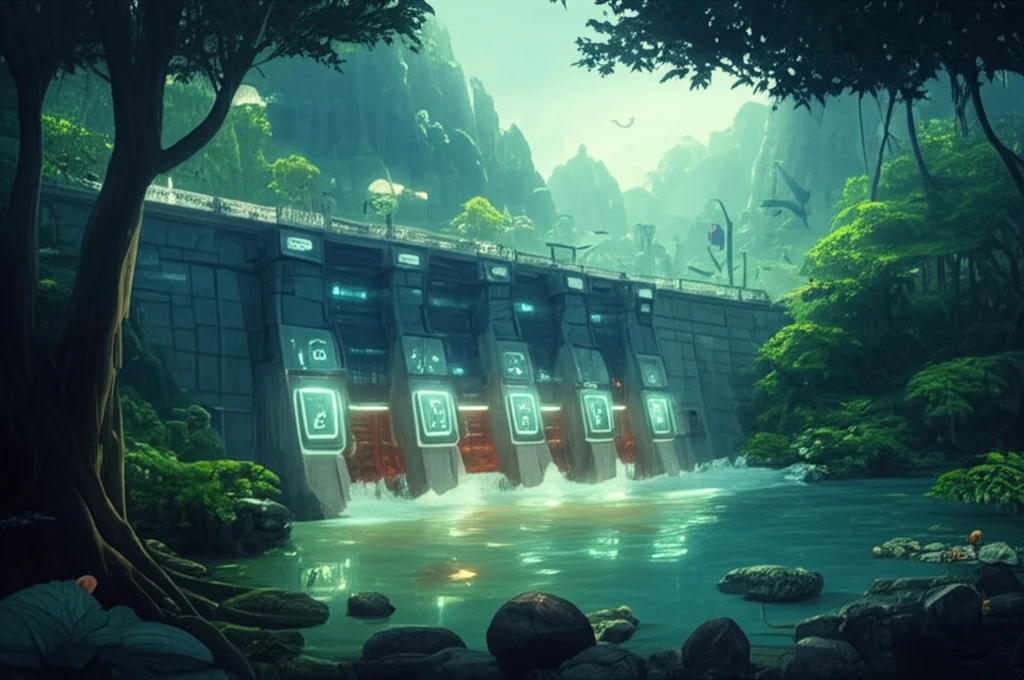
Green Energy Game Changer: Batteries vs. Re-Regulation Reservoirs – Which One Wins?
"Discover the surprising contenders in the battle for eco-friendly energy, and how these technologies could reshape our future grid."
For years, hydropower has been a cornerstone of our energy infrastructure, providing reliable power to communities around the globe. Yet, this seemingly clean energy source carries an often-overlooked environmental cost: hydropeaking. This occurs when hydropower plants rapidly fluctuate their output to meet peak demands, causing drastic changes in downstream water flow. These fluctuations can harm aquatic ecosystems, disrupt habitats, and even impact the livelihoods of those who depend on stable river conditions.
The challenge, then, lies in finding ways to mitigate hydropeaking's harmful effects without sacrificing the crucial role hydropower plays in our energy supply. Traditionally, measures like operational constraints and re-regulation reservoirs have been employed. Operational constraints limit how quickly dams can change their output, while re-regulation reservoirs store excess water during peak production for gradual release later. However, these methods can reduce the flexibility of hydropower and increase operational costs.
Enter two promising contenders: advanced battery energy storage systems (BESS) and optimized re-regulation reservoirs (RRR). BESS offers a way to store excess energy generated during off-peak hours and release it when demand surges, reducing the need for drastic hydropeaking. Meanwhile, RRR can be strategically designed and operated to minimize environmental impact while maintaining operational efficiency. The question is, which of these solutions offers the most cost-effective and sustainable path forward?
Batteries vs. Re-Regulation Reservoirs: Understanding the Key Differences

The core of the debate lies in understanding the operational and economic trade-offs between batteries and re-regulation reservoirs. Operational constraints, such as minimum flow requirements and maximum ramping rates (MRR), are frequently used to mitigate hydropeaking. However, these constraints reduce the flexibility of hydroelectric dams and increase the operational cost of power systems.
- Cost-Effectiveness: Determining the techno-economic performance of RRR and BESS in mitigating hydrologic alteration caused by hydropower plants.
- Selection: Deciding which alternative is better and under what conditions to choose one over the other.
The Future of Hydropower: Balancing Energy and Ecology
As the demand for renewable energy continues to grow, innovative solutions like batteries and re-regulation reservoirs will play an increasingly vital role in mitigating the environmental impacts of hydropower. By carefully weighing the costs and benefits of each technology, policymakers and energy planners can pave the way for a more sustainable and ecologically responsible energy future. The ultimate goal is to harness the power of water while preserving the health and vitality of our rivers and ecosystems for generations to come.
